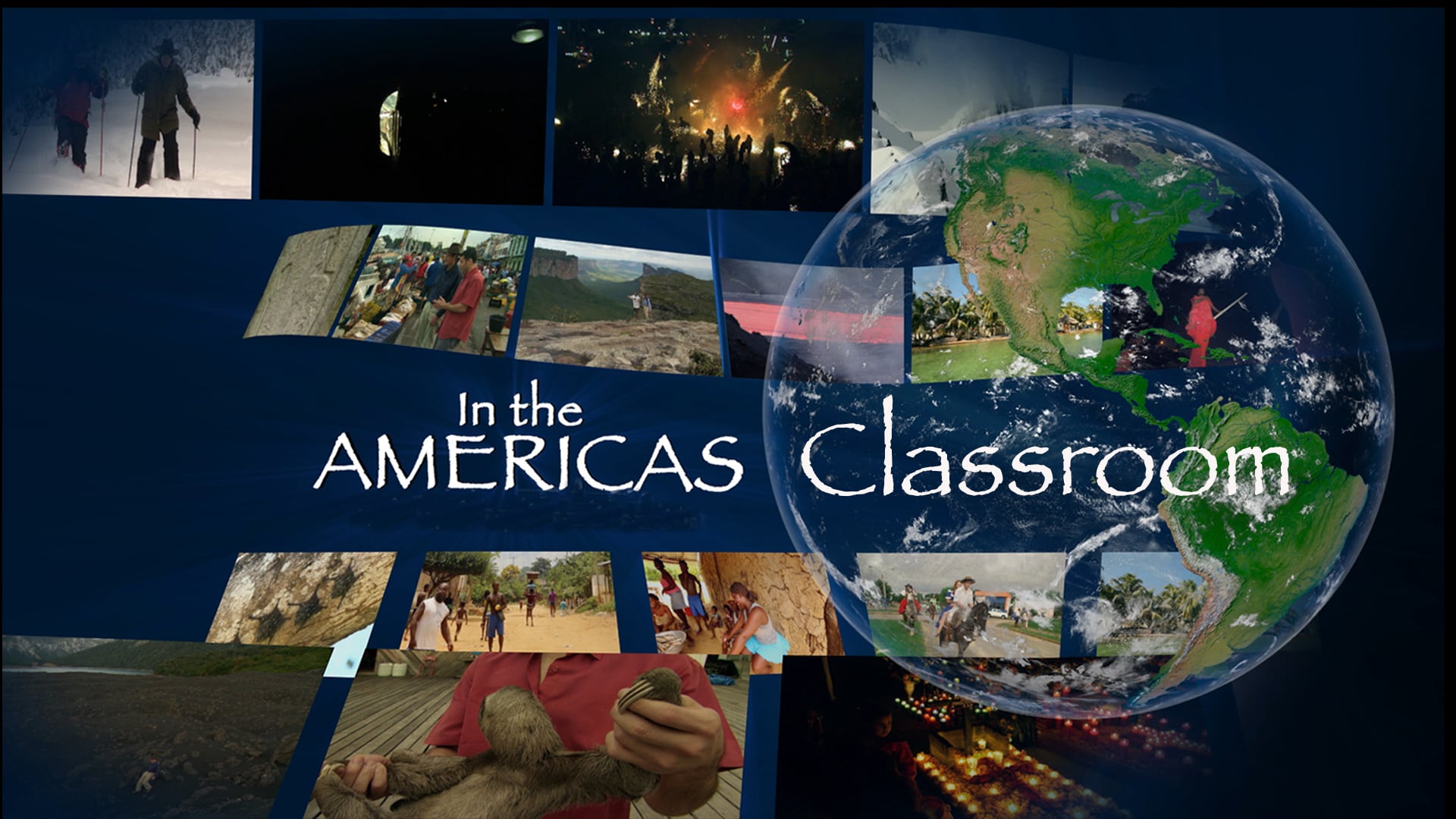Lesson 708 – Galápagos: The Great Climatic Seesaw
Category : Curriculum Season 7
The Galápagos Islands are especially affected by climate changes. During El Niño years, the islands receive more rain and land critters prosper, but the water is warm, endangering the life of all marine creatures. During La Niña, rains are sparse, threatening terrestrial life, but the colder water brings bounty to marine creatures. It’s a never-ending race to survive from one climatic extreme to the next.
Learning Objective
Students will learn about the Galapagos Islands including its geographical location and geology of the islands.
Social Studies Standards
Civic Ideals & Practices:
E, H & I
Discussion Prompts
- Discuss the importance of the strategic geographical physical location of religious, legislative, and judiciary branches for the government and citizens in Ecuador. Is the location of these branches important? Do these government branches have a strategic location in your country/region?
- During his tours, the naturalist guide, Eduardo Peñafiel, talks about the Spaniards as if they were savages. Discuss how this sentiment towards the Spaniards is portrayed in his talk during his tours. Is it justified? Would you prefer a tour guide be neutral to local politics?
- Charles Darwin’s visit to Galapagos helped form his famous theory of natural selection. Discuss how his theory evolved after observing that the finches varied from island to island. How does this apply to other animals? Does his theory hold true today?
- Discuss the life cycle of the animals seen on the different islands. What makes them so special? How are the animals there different from other deserted islands according to the experts in the video?
Lesson Activities
- Quito’s art committee is looking for an artist to recreate the totem that the Spaniards destroyed upon their arrival. For the first part of the selection procedure, you must create a digital pamphlet, illustrating the totem and an explanation about the symbolic meanings of it for the local people.
- Develop a photo essay journal including the different species, landscape, volcanic rocks, and the geographical location of the island that makes it so special.
- Because of your interest in being a naturalist researcher, your teacher asked you to help her create three learning activities for your classmates. Describe the objectives and the activities that students will do to meet the objectives.
- Create two pictures, side by side. In the first picture, show what the Galapagos Island looks like now. In the second one, show what it will look like with the changes that might occur if people were allowed to move there.
Vocabulary
- black sand
- extract
- hotspot
- isolation
- naturalist
- pahoehoe
- Quichua
- symbolism
- totem
- underbelly
